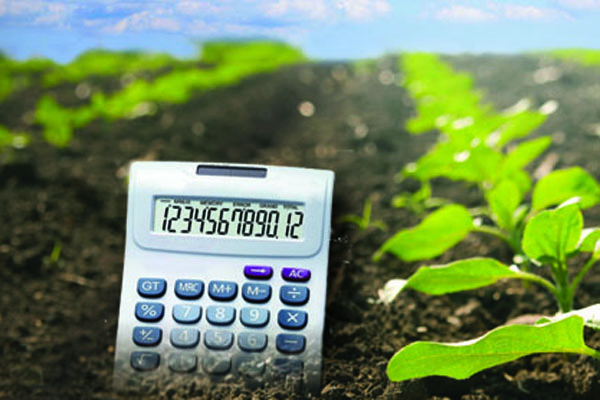The economics of soil
February 11, 2014 - Susan V. Fisk
For decades, scientists, politicians and environmentalists have been trying to put a value on the Earth’s natural resources. Once public utilities were in place, homeowners had to start paying for the water provided by their municipalities. But, how much should that water service cost? In the late 1990s, it became common for people to buy bottled water. Pricing is largely determined by market forces.
Although water has received attention as a natural resource to preserve, our Earth’s outermost layer, commonly called “soil,” has been ignored by the general public and the government. However, soil scientists are urging us to look at this resource and use it more wisely. Philippe Baveye, Kodak Chair of Environmental Engineering at Rensselaer Polytechnic Institute, Troy, New York, has been working with other scientists and economists to create a model to value soil.
Soil provides many “services” to the world. We grow our food in soil. The lumber for our homes and the cotton for our clothing also grow in soil. Soil is a major contributor to cleaning our water through both physical filtering systems and biological cleansing. Most of our recreation involves using soil, whether on a hiking path in the woods or a beach at the ocean.
“Half the world’s population lives in houses made of soil,” says Baveye. And yet this precious resource still has not been given a value or any protection. The United States has had a Clean Air Act in place since 1970, and the Clean Water Act was passed in 1972. No legislation exists to protect soils.
 “Most models to place a value on any ecosystem service have been monetary,” says Baveye. “The conversation was started over fifty years ago, and yet scientists and economists have not made progress to place a value on the services soils provide.”
“Most models to place a value on any ecosystem service have been monetary,” says Baveye. “The conversation was started over fifty years ago, and yet scientists and economists have not made progress to place a value on the services soils provide.”
Baveye suggests that looking solely at the monetary value of soil is a disservice to the natural resource. “There are ways to value the services of soils—or other natural resources—without a monetary value. For example, are people healthier because of their soil? We could use a health index to value soil for its contributions.” He will present his model to evaluate the value of soil at a symposium called “Soil’s Role in Restoring Ecosystem Services” sponsored by the Soil Science Society of America, March 6-8 in Sacramento, CA.
“We don’t need to put a monetary value on soil to prove its value and allow decisions to be made about protecting it,” says Baveye. Debates such as hydrofracking and shale gas all affect our soil, and placing a value on the soil may help decision makers. By using the real value of soil in our discussions, we may finally start to respect this natural resource and use it more wisely.
